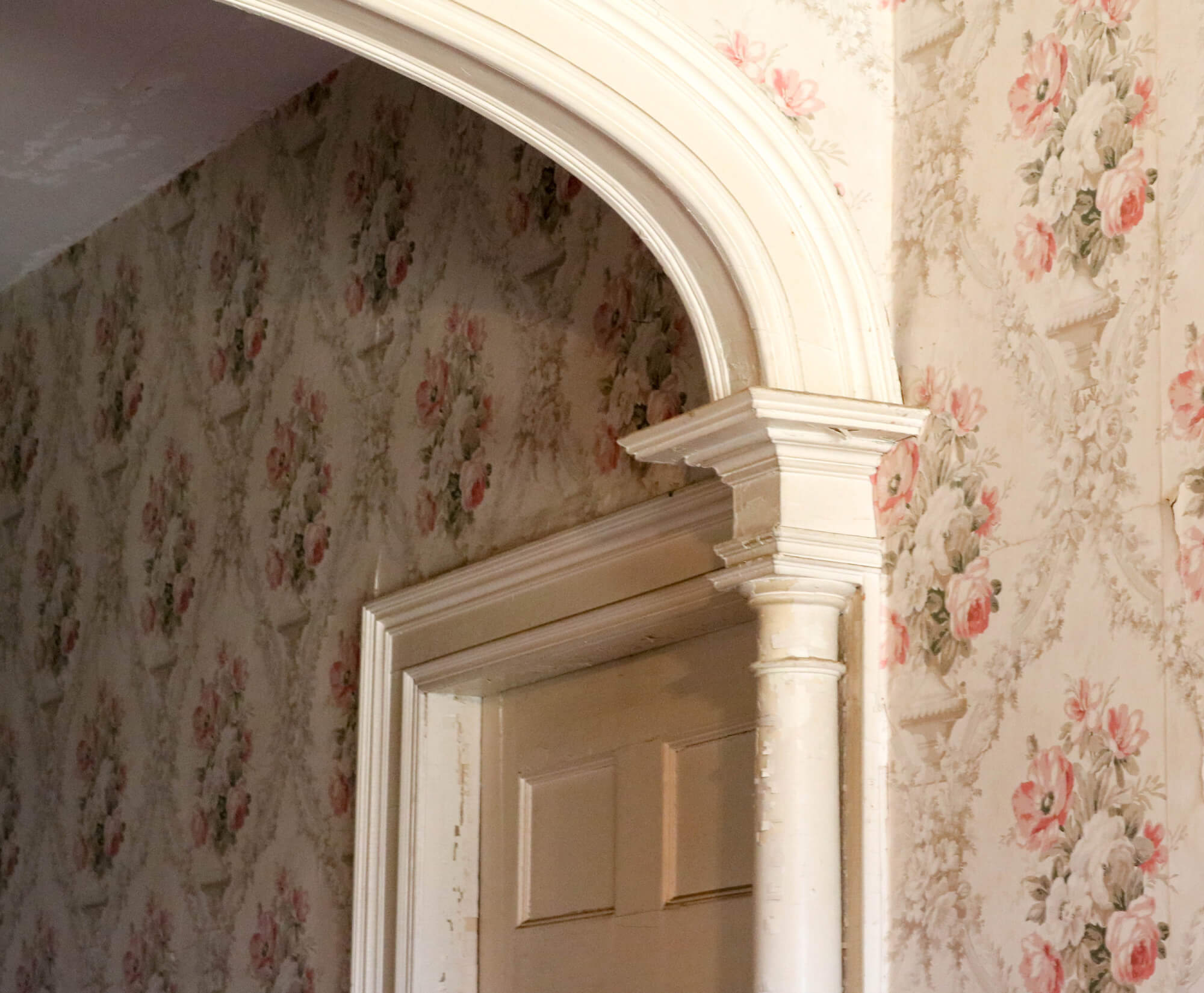Delve Into the Time-Capsule Interiors of One of Brooklyn’s Oldest Houses (Photos)
Tucked among the 20th century houses of Marine Park is an amazing architectural time capsule that brings the lucky visitor forward from the farming days of the 18th century to the rapidly urbanizing landscape of the early 20th century.

Tucked among the 20th century houses of Marine Park is an amazing architectural time capsule that brings the lucky visitor forward from the farming days of the 18th century to the rapidly urbanizing landscape of the early 20th century.
One of the oldest residences in Brooklyn, the landmarked Hendrick I. Lott House at 1940 East 36th Street dates from about 1720. The exterior has been restored but interior work awaits funding. This historic house was previously featured on Brownstoner as a Building of the Day.
While the New York City Department of Parks & Recreation, which owns the property, and Friends of the Lott House, which operates the site, work toward the interior restoration, it is largely closed to the public. Brownstoner was recently invited to wander through the inside and explore the rich layers of decorative detail that remain behind.

The white clapboard house has miraculously managed to survive in large part because the Lott family were the only owners from 1720 to 1989 and were careful stewards of the property. Johannes Lott first constructed a modest dwelling, now the eastern wing, by 1720 and his grandson, Hendrick I. Lott, constructed the main house in 1800.
During Hendrick’s time, the structure would have housed family members as well as enslaved and free workers. It also would have been the center of the extensive family farm, which included all of what is the present-day neighborhood of Marine Park. While the land was mostly sold off to developers in the 1920s, the house passed to successive Lott generations, who modernized the decor over time without removing the original character of the house.

The imprint of those generations of family can be felt when walking through the Dutch door entry and into rooms featuring delicate 19th century mantels, flowery early 20th century wallpaper and the accumulated possessions of a family over time. The Friends of the Lott House hope to preserve these layers of family history as part of the restoration work.
Below, more images from our tour:

The simple, but finely executed, details of the 1800 house may be the work of Hendrick I. Lott, who was a carpenter.

The house has two parlors; the more formal parlor includes fancy plaster details.

The mantels date to the early 19th century while the carpet and wallpaper throughout the house are mostly early 20th century, the last time the family redecorated the main spaces in the house.

Hundreds of Lott family objects remain in the house,from farming tools to clothing.

Electricity was brought into the house by 1915 and running water and steam hit by 1926, just as the former farmland was being covered by newly built homes with all the modern amenities.

The second floor of the main house contained five bedrooms, maintained but mostly unused after the 1960s.

After the death of the last resident in 1989, the house sat vacant for more than a decade, and much of the damage to the house dates from this time. Some of it, such as this graffiti, is now another important story-telling layer to the history of the house.
[Photos by Susan De Vries]
Related Stories
- Someone’s in the Kitchen
- Lott House in Marine Park, Dutch Colonial Farmhouse
- Walkabout: Reader’s Favorites – The Dutch Masters
Email tips@brownstoner.com with further comments, questions or tips. Follow Brownstoner on Twitter and Instagram, and like us on Facebook.









What's Your Take? Leave a Comment